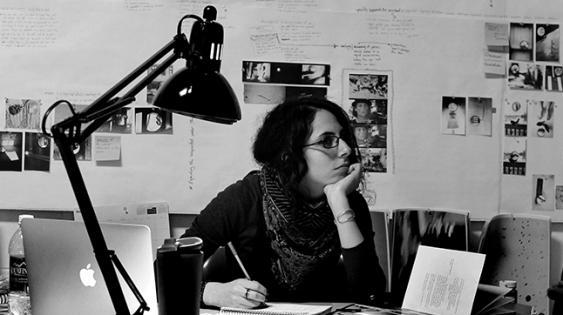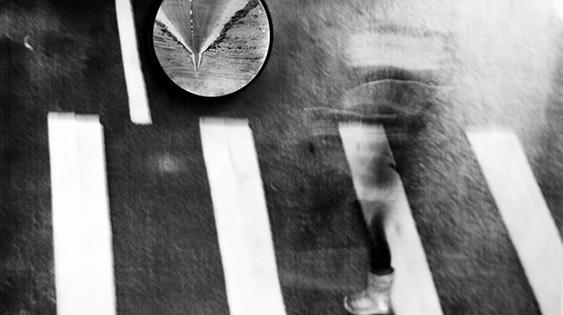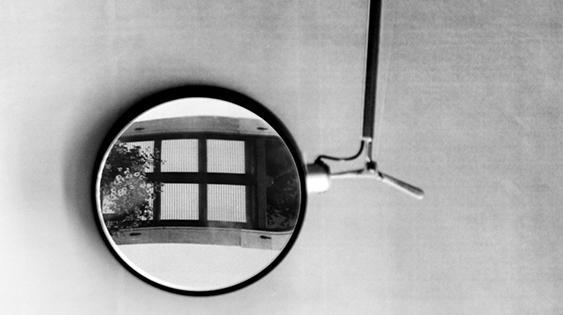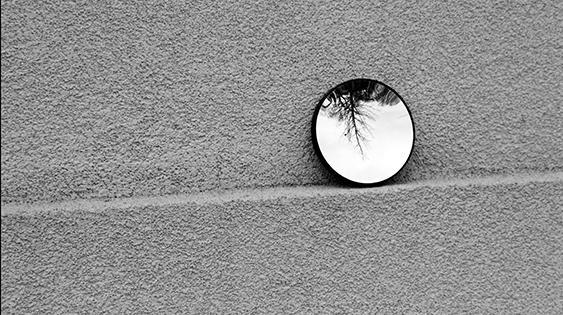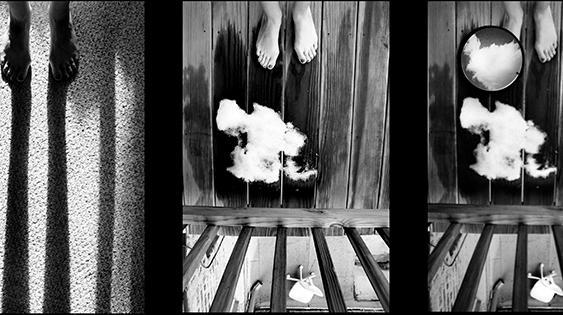Poetics in Design
This project investigates the qualities of poetic diction and its relationship to creative and imaginative expression. Mental image is a primary aspect of poetry. The poetic image disrupts logic and rational systems; when executed properly, it goes beyond ordinary patterns of description. In graphic design this description is effective in a way that enhances communication. It evokes and triggers the senses, making the viewer think and participate in the creation of meaning. A designer’s suc-cessful use of poetic interpretation constitutes a dialogue between the creator and the viewer’s imagination.
The poetic quality is not one that can only be found in words and language; but in every image, every act, every movement of our everyday life. Poetry, before representing itself, is both a mental and an emotional activity; when repre-sented in verbal language it becomes a poem, and in visual language, again, it becomes a poem. Visual poetry is neither the translation of poems into visuals nor equalizing the poetics of words and images. Each communicate differently.
We depart from man, nature, and objects and their common known context; we see them in relation to themselves as if in their own world. Thus we allow them to change their context, lose their absolute and constructed identity and form a new, true, and poetic identity.
